-
 Bitcoin
Bitcoin $118100
-0.44% -
 Ethereum
Ethereum $3585
5.43% -
 XRP
XRP $3.434
5.65% -
 Tether USDt
Tether USDt $1.000
0.02% -
 BNB
BNB $743.8
3.89% -
 Solana
Solana $178.7
3.84% -
 USDC
USDC $1.000
0.03% -
 Dogecoin
Dogecoin $0.2381
12.81% -
 TRON
TRON $0.3270
3.62% -
 Cardano
Cardano $0.8315
4.93% -
 Hyperliquid
Hyperliquid $44.51
-4.42% -
 Stellar
Stellar $0.4710
1.52% -
 Sui
Sui $3.896
-2.51% -
 Chainlink
Chainlink $18.09
6.98% -
 Hedera
Hedera $0.2681
9.31% -
 Bitcoin Cash
Bitcoin Cash $516.7
4.83% -
 Avalanche
Avalanche $23.95
6.96% -
 Shiba Inu
Shiba Inu $0.00001490
5.67% -
 UNUS SED LEO
UNUS SED LEO $8.966
0.80% -
 Toncoin
Toncoin $3.294
4.39% -
 Litecoin
Litecoin $105.4
4.69% -
 Polkadot
Polkadot $4.356
5.30% -
 Uniswap
Uniswap $10.29
17.25% -
 Monero
Monero $327.9
-3.04% -
 Bitget Token
Bitget Token $4.942
4.33% -
 Ethena USDe
Ethena USDe $1.001
0.08% -
 Pepe
Pepe $0.00001348
2.17% -
 Dai
Dai $1.000
0.02% -
 Aave
Aave $320.8
0.58% -
 Bittensor
Bittensor $411.8
-4.07%
What is the OKX Proof of Reserves?
OKX uses Proof of Reserves with Merkle trees to let users verify their balances and ensure the exchange holds sufficient assets.
Jul 03, 2025 at 04:42 am
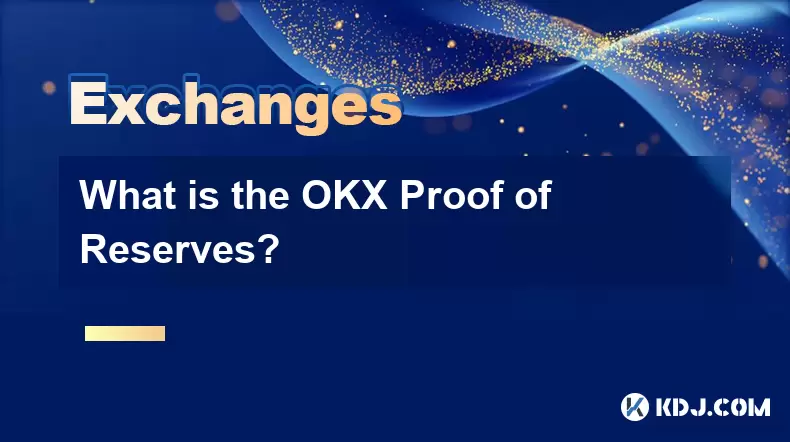
Understanding the Concept of Proof of Reserves
Proof of Reserves (PoR) is a mechanism used by cryptocurrency exchanges to demonstrate that they hold sufficient reserves to cover user deposits. This process involves cryptographic proofs and third-party audits to verify that the exchange's liabilities match its assets. For users, this provides assurance that their funds are secure and not being misused or lent out without consent.
In the case of OKX, one of the world’s leading digital asset exchanges, Proof of Reserves has become a cornerstone of transparency. The platform publishes regular snapshots of its reserve holdings, allowing users to cross-verify balances using Merkle trees and blockchain explorers.
The Role of Merkle Trees in OKX Proof of Reserves
One of the core technologies behind OKX's Proof of Reserves system is the use of Merkle trees. These data structures allow for efficient and secure verification of large datasets. Each user’s balance is represented as a leaf node in the tree, and through hashing, these nodes are combined into a single root hash.
The Merkle root is then published on-chain, providing an immutable record of all user balances at a specific point in time. Users can check their individual balances by obtaining their unique Merkle proof, which demonstrates their inclusion in the overall reserve audit.
This method ensures privacy while maintaining transparency — users can confirm their own balances without exposing others' data.
How to Verify OKX Proof of Reserves
Verifying OKX’s Proof of Reserves involves several steps:
- Access the Reserve Audit Page: Visit the official OKX Proof of Reserves section where the latest audit reports are published.
- Download the Merkle Tree Data: Retrieve the JSON file containing the hashed user balances.
- Obtain Your Account Hash: Log into your OKX account and generate your unique account hash.
- Verify Your Inclusion: Use a Merkle proof checker or script to input your account hash and confirm it matches the published root hash.
- Cross-check with Blockchain Explorer: Match the total reserve amounts listed in the audit with the actual on-chain wallet balances.
These steps ensure that users can independently validate the exchange's solvency and integrity.
Transparency Reports and Third-Party Audits
OKX regularly collaborates with reputable auditing firms to conduct independent reviews of its reserves. These third-party audits add an additional layer of credibility to the Proof of Reserves process. The results are typically published in detailed reports that outline methodologies, findings, and any discrepancies found during the audit.
Users can access these reports directly from the OKX website or via the exchange’s official announcements. The inclusion of real-time reserve dashboards also allows for ongoing monitoring of asset holdings, improving trust and reducing concerns about fractional reserve practices.
Differences Between Proof of Reserves and Traditional Financial Audits
While traditional financial institutions rely on opaque accounting methods and periodic audits, Proof of Reserves offers real-time, cryptographic verification. Unlike conventional audits, which may take weeks or months to complete and publish, PoR systems like OKX’s enable immediate validation by anyone at any time.
Additionally, traditional audits often require trust in centralized entities, whereas Proof of Reserves operates on decentralized principles, allowing users to verify claims without intermediaries. This shift represents a significant evolution in how digital asset platforms maintain trust with their user base.
Frequently Asked Questions (FAQs)
Q: How often does OKX publish its Proof of Reserves data?
A: OKX publishes Proof of Reserves data on a regular basis, typically monthly. The exact schedule can be found in official announcements or within the Proof of Reserves section of the OKX platform.
Q: Can I verify my balance without revealing my private keys?
A: Yes, the verification process only requires your public address and the generated Merkle proof. No private key information is ever needed or exposed during the verification process.
Q: What happens if a discrepancy is found in OKX’s Proof of Reserves?
A: If a discrepancy is detected, OKX has protocols in place to investigate and resolve the issue. Public reports are updated accordingly, and affected users are notified if necessary.
Q: Is Proof of Reserves unique to OKX?
A: While OKX has implemented its own version of Proof of Reserves, the concept is widely adopted across major cryptocurrency exchanges such as Binance and KuCoin. However, the technical implementation and frequency of audits may vary between platforms.
Disclaimer:info@kdj.com
The information provided is not trading advice. kdj.com does not assume any responsibility for any investments made based on the information provided in this article. Cryptocurrencies are highly volatile and it is highly recommended that you invest with caution after thorough research!
If you believe that the content used on this website infringes your copyright, please contact us immediately (info@kdj.com) and we will delete it promptly.
- XRP, Ripple, Bitcoin, Ethereum: Decoding the Crypto Landscape
- 2025-07-19 05:50:13
- Penny Altcoins Eyeing $1 in Q3 2025: Cardano, BlockchainFX, and the Hunt for Crypto Gold
- 2025-07-19 05:10:13
- Trump, Stablecoins, and New Laws: A Crypto Revolution?
- 2025-07-19 05:10:13
- Trump, Crypto, and US Dominance: A New Era?
- 2025-07-19 05:50:13
- Smarter Web's Bitcoin Accumulation Plan: Riding the Crypto Wave
- 2025-07-19 05:55:12
- Princess Anne's 75th Birthday: A Royal First and a Celebration of Duty
- 2025-07-19 04:50:13
Related knowledge
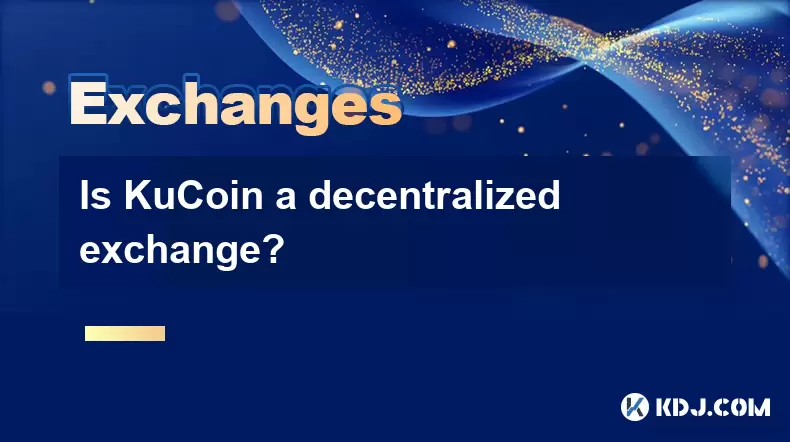
Is KuCoin a decentralized exchange?
Jul 18,2025 at 03:15pm
Understanding Decentralized Exchanges (DEXs)To determine whether KuCoin is a decentralized exchange, it's essential to first understand what defines a...
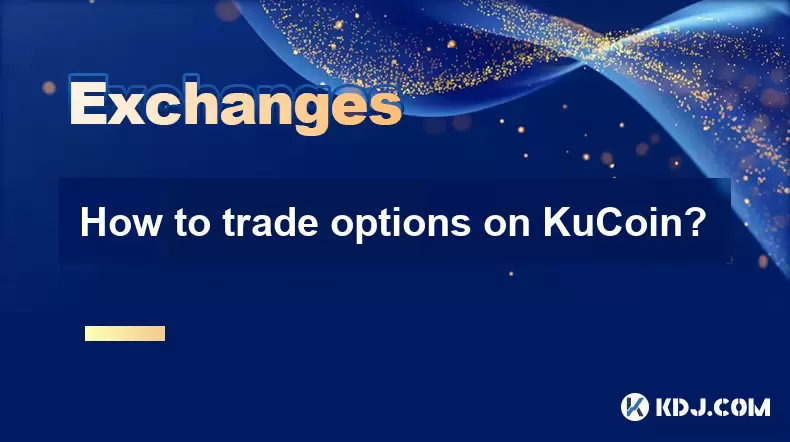
How to trade options on KuCoin?
Jul 19,2025 at 03:42am
Understanding Options Trading on KuCoinOptions trading on KuCoin allows users to speculate on the future price movements of cryptocurrencies without o...

Lost Google Authenticator for KuCoin
Jul 19,2025 at 02:35am
Understanding the Importance of Google Authenticator in KuCoin SecurityGoogle Authenticator is a critical tool used by KuCoin users to enable two-fact...
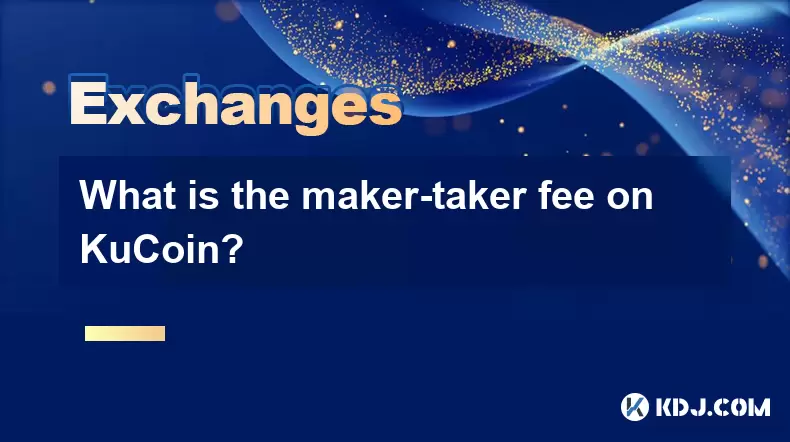
What is the maker-taker fee on KuCoin?
Jul 18,2025 at 12:42pm
Understanding the Maker-Taker Fee ModelThe maker-taker fee model is a pricing structure used by many cryptocurrency exchanges, including KuCoin, to de...
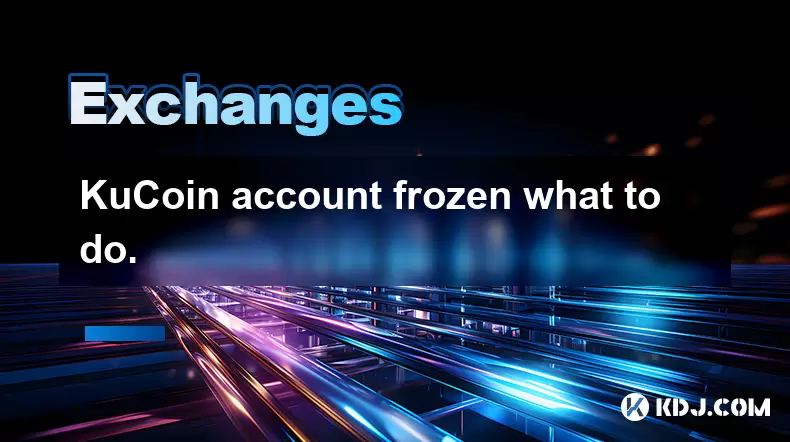
KuCoin account frozen what to do.
Jul 19,2025 at 04:35am
Understanding Why Your KuCoin Account Was FrozenIf you've discovered that your KuCoin account is frozen, the first step is to understand why this has ...
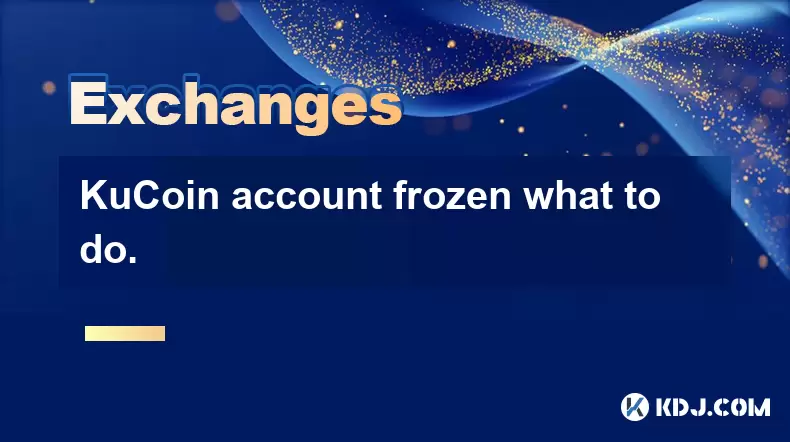
KuCoin account frozen what to do.
Jul 19,2025 at 12:08am
Understanding Why a KuCoin Account Gets FrozenIf your KuCoin account has been frozen, the first step is to understand why this has happened. KuCoin, l...

Is KuCoin a decentralized exchange?
Jul 18,2025 at 03:15pm
Understanding Decentralized Exchanges (DEXs)To determine whether KuCoin is a decentralized exchange, it's essential to first understand what defines a...

How to trade options on KuCoin?
Jul 19,2025 at 03:42am
Understanding Options Trading on KuCoinOptions trading on KuCoin allows users to speculate on the future price movements of cryptocurrencies without o...

Lost Google Authenticator for KuCoin
Jul 19,2025 at 02:35am
Understanding the Importance of Google Authenticator in KuCoin SecurityGoogle Authenticator is a critical tool used by KuCoin users to enable two-fact...

What is the maker-taker fee on KuCoin?
Jul 18,2025 at 12:42pm
Understanding the Maker-Taker Fee ModelThe maker-taker fee model is a pricing structure used by many cryptocurrency exchanges, including KuCoin, to de...

KuCoin account frozen what to do.
Jul 19,2025 at 04:35am
Understanding Why Your KuCoin Account Was FrozenIf you've discovered that your KuCoin account is frozen, the first step is to understand why this has ...

KuCoin account frozen what to do.
Jul 19,2025 at 12:08am
Understanding Why a KuCoin Account Gets FrozenIf your KuCoin account has been frozen, the first step is to understand why this has happened. KuCoin, l...
See all articles

























































































